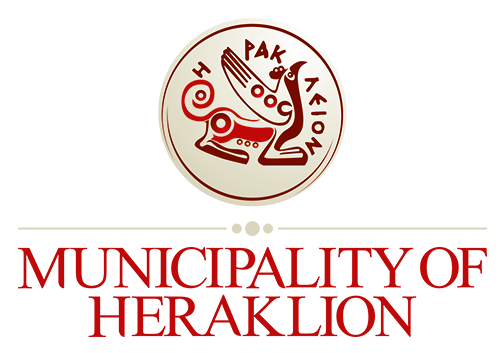Surrounded by Minoan myths, royal glory, facts about the daily life of the Minoans and artworks representing 4,000 of its history.
Knossos, the most important urban centre of the Minoan civilization and one of the most magnificent civilizations the earth has ever known, is the largest Minoan site ever discovered in Crete. It occupies a very prominent position, surrounded by olive groves, vineyards and cypress trees.
According to tradition, it was the seat of King Minos who was deified (rumored to be the son of Europa and the Greek god Zeus) and the administrative and religious center of the wider area.
The palace of Knossos has been associated with the great myths of the Labyrinth and the Minotaur, and the one of Deadalus and Icarus.
The palace was built around 1900 BC and was a major center of the Minoan civilization.
The archaeological site is located 5 km southeast of the city of Heraklion and is open to the public daily, not including national holidays.
The site was first excavated by Minos Kalokairinos in 1878. Sir Arthur Evans conducted more extensive excavations (1900-1913 και 1922-1930) which unearthed the whole palace.
The palace was a multi-storey building that covered an area of 20,000 sq. m. featuring luxurious apartments adorned with impressive wall paintings.
A tour at the Palace of Knossos gives rise to a feeling of awe, giving the visitor a chance to go on a long trip through the history of Europe.















